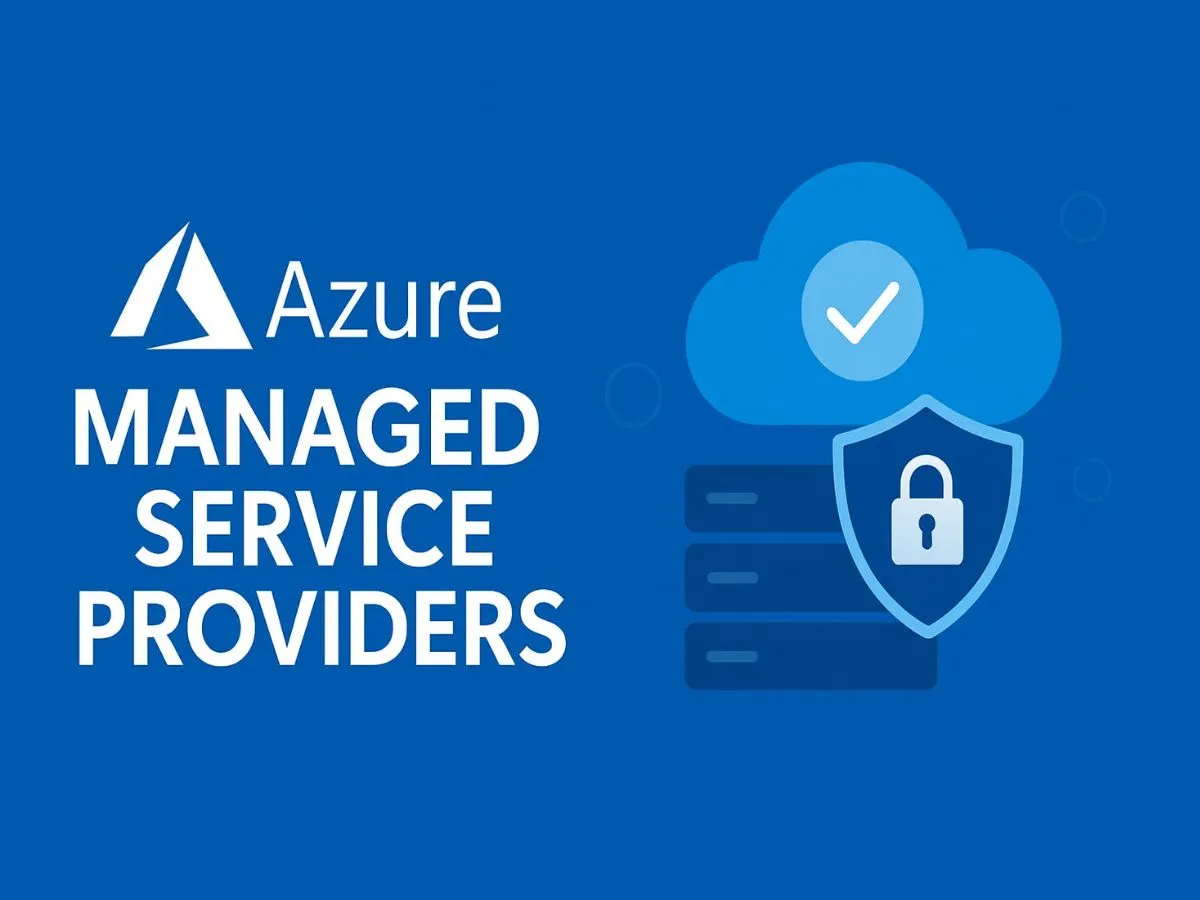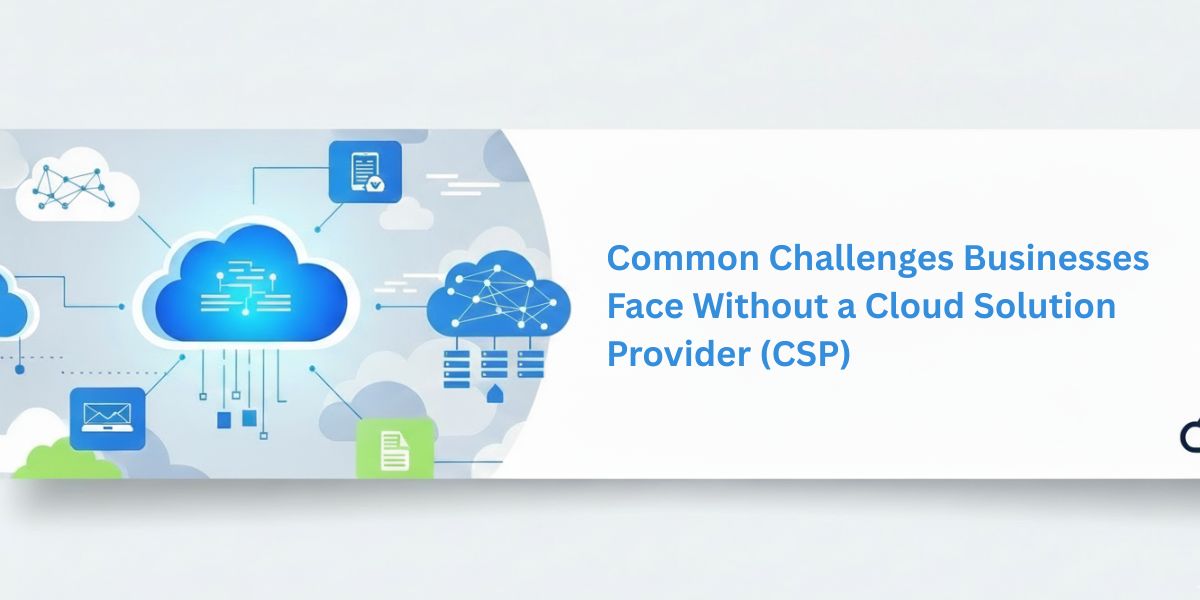In today’s digital landscape, cloud services are no longer optional—they’re essential. The cloud offers scalability, flexibility, and cost efficiency that traditional on-premises servers simply can’t match. It enables your teams to access the tools and data they need from anywhere, improving productivity and innovation.
However, navigating the cloud isn’t simple. Microsoft Azure alone includes hundreds of services, each with its own configurations, pricing models, and integrations. Choosing and managing the right ones requires deep expertise and hands-on experience. That’s where a Microsoft Cloud Solution Provider (CSP) comes in.
What a Cloud Solution Provider Does
A Cloud Solution Provider helps businesses plan, deploy, and manage their cloud environments effectively. They assess your current infrastructure, recommend the right Azure services, handle setup and configuration, and provide ongoing support when challenges arise.
While some organizations attempt to manage Azure independently, internal IT teams are often stretched thin. Learning the intricacies of Azure takes time, and mistakes can be costly. This is where SNP as your CSP comes in. we ensure your environment is set up correctly—saving you both time and money.
Why Azure Expertise Matters

Microsoft Azure offers everything from computing power and data storage to security, analytics, and AI. But each service comes with multiple options that directly impact performance, cost, and security. Choosing the wrong configurations can lead to overspending or vulnerabilities.
A Microsoft CSP works with these technologies every day. They understand best practices, know what works across industries, and can tailor solutions to your business goals.
At SNP Technologies, Inc., we specialize exclusively in Microsoft Azure. As a Tier-1 Microsoft Cloud Solution Provider, our certified team has successfully implemented Azure solutions for clients across diverse industries. We align the right Azure services to meet your specific business and technical needs.
Keeping Costs Under Control
Many organizations move to the cloud expecting cost savings—only to face unexpected bills later. Idle resources, oversized services, or misconfigured workloads can all drive costs up.
SNP as your Cloud Solution Provider, actively monitors your environment to ensure efficiency. We identify unused resources, right-size workloads, and continuously optimize your spending.
At SNP Technologies, our Adaptive FinOps Service provides full visibility into where your Azure budget is going. We identify cost-saving opportunities and help you take action. Our clients consistently see reduced cloud spending after optimization. Plus, we offer flexible, contract-free plans—so you can scale services up or down as your business evolves.
Accelerating Project Delivery
From launching new applications to migrating legacy systems or implementing advanced analytics, cloud projects often demand specialized Azure expertise. Without it, timelines stretch and productivity drops.
A Cloud Solution Provider helps you execute faster by handling the technical complexities—migration, automation, integration, and optimization—so your team can focus on business outcomes.
At SNP Technologies, we’ve helped clients modernize data centers, migrate workloads to Azure, and deploy intelligent analytics systems. Our role is to manage the Azure side—so your team can focus on innovation, not infrastructure.
Securing Your Data
Security and compliance are top priorities for every organization. Azure provides a robust suite of security and governance tools—but these must be properly configured and continuously managed.
A Microsoft CSP ensures your Azure environment is secure by setting access controls, enabling network protection, encrypting data, and helping you meet regulatory requirements.
SNP Technologies holds 14 Microsoft Specializations, including Cloud Security, Threat Protection, and Information Protection & Governance. These credentials reflect our proven ability to build and maintain secure, compliant Azure environments.
Why Partnering with a CSP Makes Business Sense
If your organization relies on cloud services, partnering with a Microsoft Cloud Solution Provider can make a measurable difference. CSPs reduce risk, control costs, and ensure your cloud environment runs efficiently and securely.
Working with experts who live and breathe Azure means fewer mistakes, faster results, and better ROI.
At SNP Technologies, Inc., we provide end-to-end Azure expertise—from licensing and migration to management and optimization. As a Tier-1 Microsoft CSP, we help you unlock the full potential of Azure with solutions designed around your unique business goals.
Get in touch with us today to discover how we can help your organization maximize the value of Microsoft Azure.












